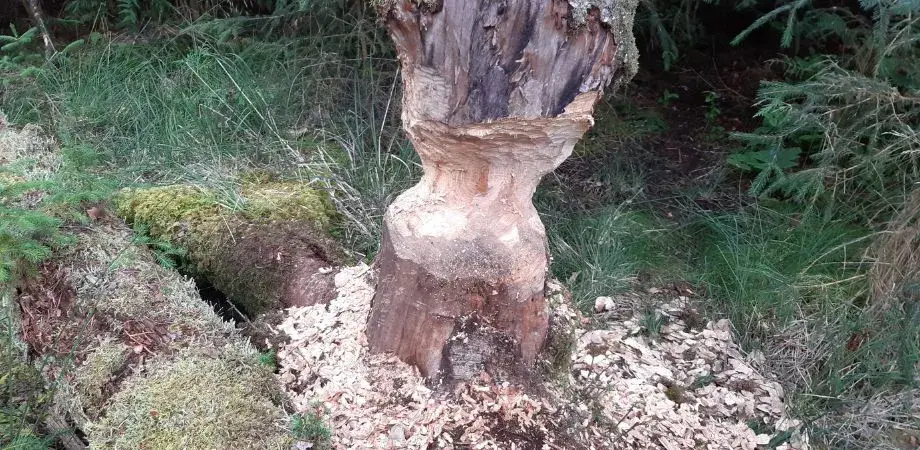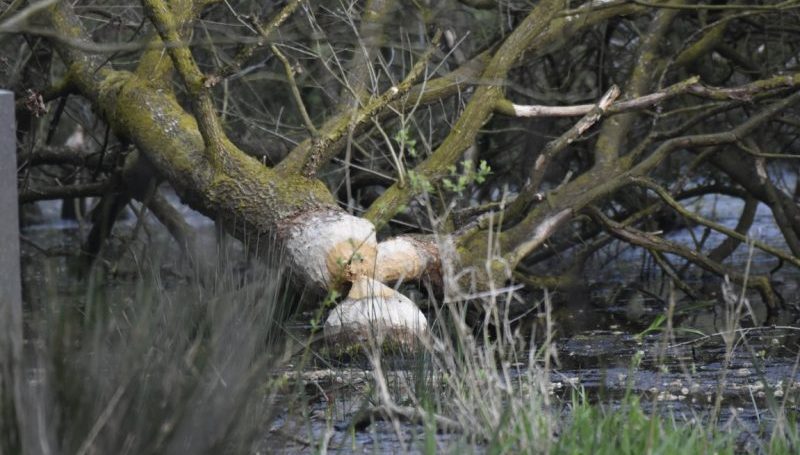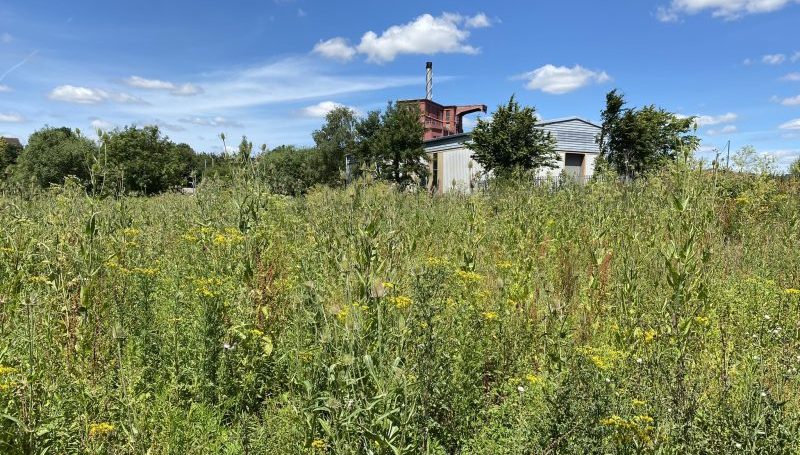Due to the shy nature of these animals, trail cameras play a crucial role in capturing their movements through still images and video footage. Although these animals can be found throughout the UK, their strongest populations are in Scotland.
Red squirrel
The red squirrel is Scotland’s only native squirrel species, they are nationally rare. Thriving in diverse woodland habitats ranging from conifer forests to broadleaf woodlands, these squirrels rely on trees for their feeding, nesting, and breeding needs. However, their survival hinges on ample, well-managed woodland, as patchy habitats can isolate red squirrel populations, disconnecting them from essential food sources. Loss of woodland in the past has caused difficulties for red squirrels, but efforts are being made to expand our woodlands.
Their existence is further threatened by the presence of grey squirrels, which provide competition for essential resources. Grey squirrel also carry squirrelpox (SQPV) which is a deadly disease that can decimate red squirrel populations. Squirrelpox is possibly the single greatest risk to the future of red squirrels in Scotland.
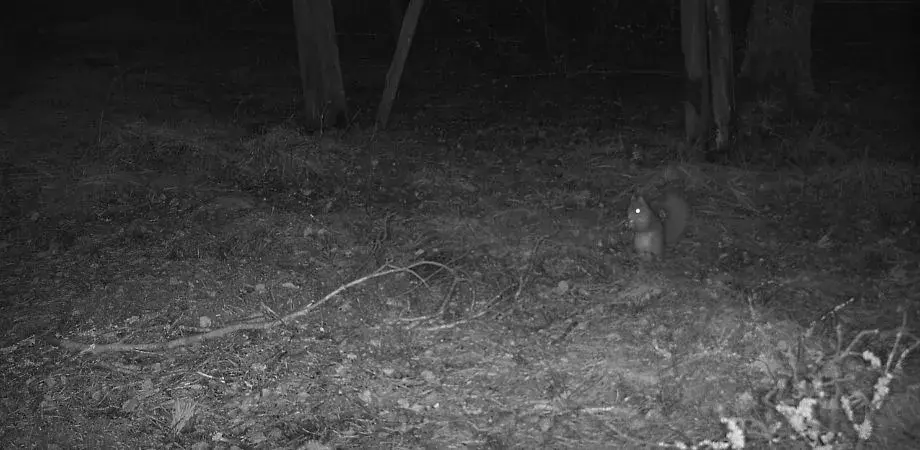
Pine Marten
Pine martens, the UK’s second largest mustelid (a member of the Mustelidae family), have experienced a noteworthy resurgence since gaining legal protection over the past four decades. Today, Scotland boasts an impressive population of nearly 4000 of these elusive animals. Pine marten prefer native woodlands but can also live in conifer plantations and on rocky hillsides. They make breeding nests among rocks, in hollow trees, or in bird or squirrel nests.
Once found across Britain, the pine marten was prone to persecution until relatively recently. Though it has recovered a little from a dramatic decline, the species is still rare. Pine martens are once again established across much of Scotland, particularly north of the central belt, with outlying populations in parts of the Scottish Borders and Dumfries and Galloway. Galloway is home to a small yet self-sustaining reintroduced population.
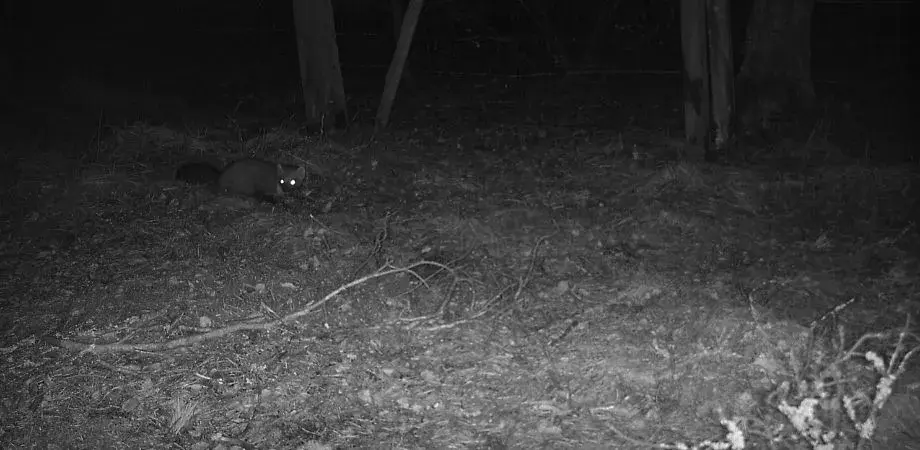
Beavers
Beavers have made a triumphant return to Scotland through a combination of planned re-introductions (Nature Scot at Knapdale Forest) and illegal release resulting in a strong population believed to have originated from Perth. Beavers are now a European Protected Species and their numbers have increased since protection was introduced.
Despite their positive impact on the ecosystem, beavers can be a contentious species, particularly when their presence conflicts with human activities. Efforts have been made to translocate beaver families from sensitive locations to more suitable habitats across the UK.
During one survey, we were so lucky to capture plenty of footage of beavers working away at their new home.
